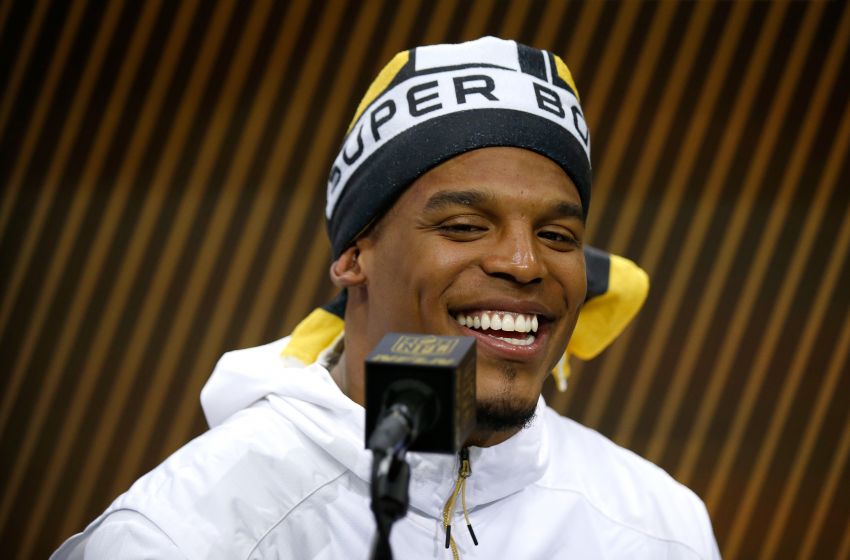The following is a guest contribution by Jeremy Pape. Pape graduated from Texas A&M University-Corpus Christi in May 2015, having obtained a Bachelor of Arts degree in communication. Having overcome several disabilities, he was chosen out of all the people in his graduating class as the “Outstanding Graduate.” He currently is the sportswriter for The Progress, a newspaper covering the Three Rivers, George West, and McMullen County areas. Recently, he was named Young Adult Citizen of the Year by the Three Rivers Chamber of Commerce.
Imagine you are in your mid-twenties, and have worked toward a dream for roughly half your life. You have reached the top of your profession. But then, the vision you had for yourself slips away.
That is what Carolina Panthers quarterback Cam Newton is dealing with after his team, which was favorited going into their Super Bowl 50 matchup against the Denver Broncos, fell short 24-10 in a game that saw Newton struggle against the vaunted defense of the Broncos.
Losing is never fun, and obviously very difficult for even the most well-meaning person to handle. Newton, who has gone from being kicked off the Florida Gators as a sophomore for stealing a laptop to being the MVP of the NFL a little over seven years later, would understandably be upset at his play on the world stage.
Newton made headlines after the game as well, when he walked out of his postgame press conference. He later admitted that he is a “sore loser”, but there is more to this than a simple explanation. The media policy of the NFL does not clearly express whether a player leaving an interview midway through is in direct violation of the policy. However, the way the NFL’s 2015 media policy is laid out would absolutely encourage a player to complete their interview, no matter the difficulty of the moment.
The post-game interview is a transactional process. Members of the media need the help of the players they are interviewing in order to publish an article on deadline. Athletes, like anyone else, want to be painted in a positive light. Within the broad spectrum of responsibilities an athlete’s agent undertakes is making sure the person they represent is treated the right way. All of these factors being at play at the same time means there are many moving parts in the transaction.
Another example of an athlete everyone knows for his dealings with the media, or lack thereof, is recently retired Seattle Seahawks running back Marshawn Lynch. Unlike Newton, who at least showed up to his interview and answered some questions, Lynch often would just give one or two word responses, and repeat those responses for however long he chose to stand at the podium. This practice did mean Lynch was technically available, but the aforementioned transactional process of the post-game interview often meant media members would leave Seahawks games less than satisfied.
While Lynch has ridden off into the proverbial sunset, Cam Newton will ostensibly have many more chances over the next decade or so to redeem himself in the eyes of the media. It’s unclear what led Newton to walk out of a press conference after his first Super Bowl appearance. Whether or not he will conduct himself differently should he reach the big game again is another matter entirely.
